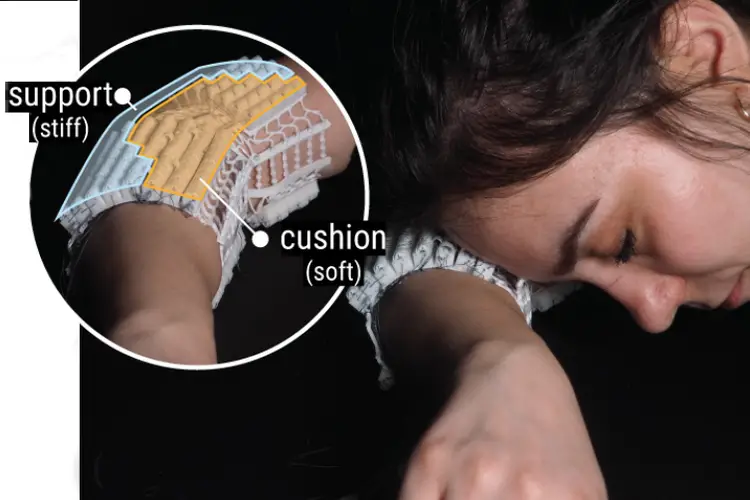
Researchers Discuss Cutting-Edge Cell Science at Steel City Condensates Conference
Media Inquiries
Pittsburgh is at the forefront of an emerging interdisciplinary field that could provide new tools for doctors in the fight against cancer and other diseases.
Researchers met at Carnegie Mellon University for the second Steel City Condensates Conference to discuss cutting-edge research on compartments within cells that concentrate proteins and nucleic acids. Through unraveling the rules governing how biomolecular condensates form and function, they are laying the groundwork for a new era of precision medicine that could target cancer at its root, outsmart antibiotic-resistant bacteria and other medical breakthroughs.
“Condensate biology uses the physical concept of phase separation to understand biomolecular structures in cells,” said Huaiying Zhang(opens in new window), assistant professor of biological sciences with courtesy appointments in physics and chemical engineering.
Condensates are everywhere: in plants, bacteria, animals, etc. They also have many roles from storage compartments to reaction centers. Phase separation in cells involves proteins, RNA and other macromolecules self-organizing and separating into distinct, liquid-like compartments known as biomolecular condensates. Condensates have no membranes and are mainly held together by a network of weak molecular interactions. Understanding how cells use condensates to organize could provide new avenues for delivering drugs and help better understand how certain neurodegeneration diseases — like ALS or Alzheimer's disease — and cancers are caused.
“It requires techniques and perspectives from multiple disciplines,” Zhang said. “CMU, with its rich tradition in interdisciplinary science, is uniquely positioned to foster collaboration and push the field forward.”
These compartments have been observed for decades, but the term biomolecular condensates was coined in 2017 by researchers from the Max Planck Institute of Molecular Cell Biology and Genetics and the University of Texas Southwestern Medical Center in Dallas — among them, Michael Rosen(opens in new window), the conference’s keynote speaker.
“This is an emerging field that has drawn increasing interest,” Zhang said. “One challenge for the field is that it is a new direction in biology, requiring new theoretical frameworks and experimental techniques to study them effectively.”
More than 100 professors, medical researchers and students attended the symposium from disciplines such as biological sciences, chemistry, physics, engineering and medicine.
“It was super, super interesting to all be looking at the same data from very different angles and thought processes,” said Tafadzwa Chigumira, a recent Ph.D. graduate in chemical engineering and a postdoctoral researcher in Zhang’s lab. “Our research overlapped, and the experience provided insight into ways to borrow from different fields.”
Chigumira focuses on a subset of cancer cells. The way the cells proliferate is through liquid droplets on telomeres — caps at the ends of chromosomes that protect DNA. Her goal is to understand how the droplets form and how to disrupt them. Zhang has been invaluable as a mentor, she said.
“Huaiying is an embodiment of how diverse the field is,” Chigumira said. “Her work straddles three departments, and she’s part of a joint program between the University of Pittsburgh and Carnegie Mellon.”
That program is the Molecular Biophysics and Structural Biology program. Zhang is a recognized leader in the field of biomolecular condensates and is active in advancing research. Carnegie Mellon’s interdisciplinary and collaborative environment provides training opportunities on cutting-edge imaging, biophysics and molecular biology techniques.
Jasper Jeffrey is a doctoral student in the Molecular Biophysics and Structural Biology program and another member of Zhang’s lab who led the 2025 organizing committee. His research focuses on shell-like condensates formed by a protein that helps eukaryotic cells properly replicate themselves.
“Pittsburgh is a great research hub for biophysics and structural biological work,” Jeffrey said. “We have a lot of resources and faculty in the area, and we’re bringing people together in the condensates community to share ideas and see how we can help one another with our research.”



